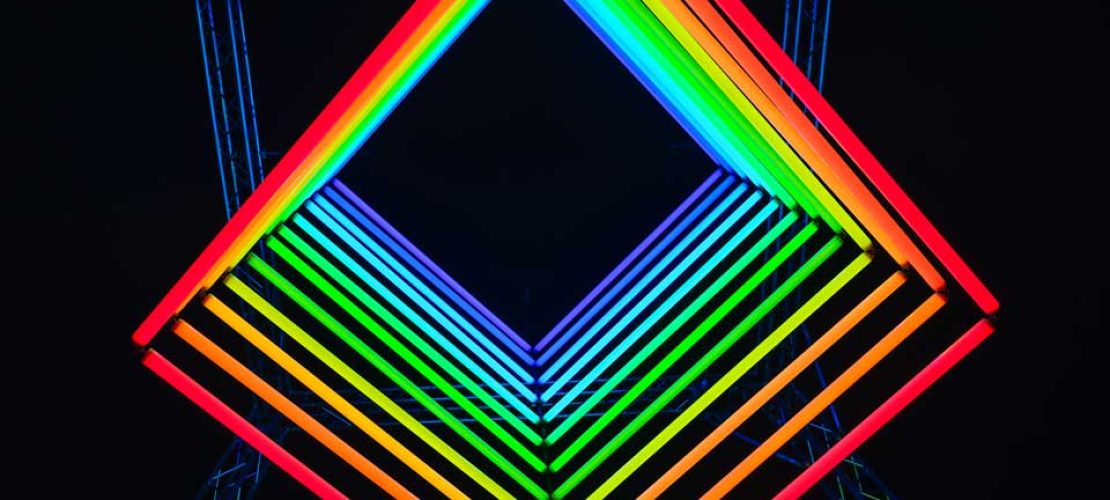HAPPY MY NFTs!
Non-Fungible Tokens (NFTs) have revolutionized the concept of collectibles, transforming them into digital assets that can be bought, sold, and displayed in virtual galleries. NFTs provide a unique opportunity for collectors to curate their digital art collections and create immersive virtual galleries, opening up new possibilities for showcasing and experiencing artwork in the digital realm. In this article, we will explore the convergence of NFTs and virtual galleries, and how they are shaping the future of digital collectibles.
- Ownership and Authenticity: NFTs, powered by blockchain technology, establish ownership and authenticity for digital assets. Each NFT represents a unique item that can be bought, sold, and traded securely on blockchain platforms. This ensures that collectors have verifiable proof of ownership for their digital collectibles, enhancing their value and providing peace of mind.
- Creating Virtual Galleries: Virtual galleries enable collectors to display their NFT collections in immersive digital environments. These galleries replicate the experience of visiting a physical art gallery, allowing visitors to explore curated exhibitions, interact with artwork, and even socialize with other collectors. Virtual reality (VR) and augmented reality (AR) technologies further enhance the immersive experience, blurring the boundaries between the physical and digital worlds.
- Curating Art Collections: NFTs enable collectors to curate unique art collections tailored to their preferences. Collectors can select NFTs from a wide range of digital artworks, including paintings, illustrations, animations, and 3D sculptures. Virtual galleries provide a dynamic and flexible platform to arrange and display these collections, enabling collectors to express their artistic tastes and create personalized exhibitions.
- Enhanced Accessibility: Virtual galleries powered by NFTs offer enhanced accessibility compared to traditional physical galleries. Geographical barriers are eliminated, allowing anyone with an internet connection to explore and appreciate digital artwork. This accessibility fosters a global community of art enthusiasts, collectors, and artists, fostering collaboration and expanding the reach of digital art.
- Interactive and Dynamic Exhibitions: Unlike static physical exhibitions, virtual galleries offer interactive and dynamic experiences. NFTs can be programmed with special features, animations, or interactive elements, enabling visitors to engage with the artwork in unique ways. Collectors can curate exhibitions that change over time, allowing for ongoing exploration and discovery within their virtual galleries.
- New Monetization Opportunities: Virtual galleries open up new monetization opportunities for artists and collectors. Artists can showcase and sell their NFTs directly in virtual galleries, eliminating the need for intermediaries. Collectors can also monetize their virtual galleries by hosting events, exhibitions, or charging admission fees for exclusive access to their curated collections. These new revenue streams create sustainable opportunities for artists and collectors in the digital art ecosystem.
In conclusion, NFTs have transformed digital collectibles into virtual galleries, revolutionizing the way we experience and showcase artwork in the digital realm. The combination of ownership, authenticity, virtual reality, and enhanced accessibility has created a vibrant ecosystem for collectors and artists to connect, create, and appreciate digital art. As technology continues to evolve, virtual galleries powered by NFTs will continue to shape the future of digital collectibles, unlocking new possibilities for creativity, expression, and community engagement.

